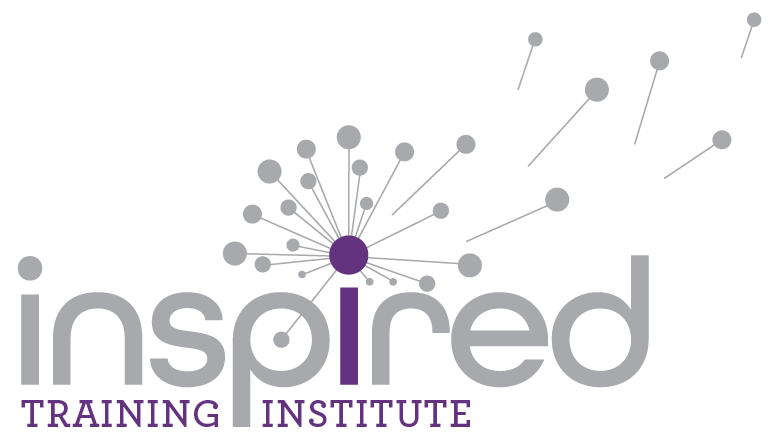Have You Struggled to Convey Ideas to Colleagues?
This month’s blog post is dedicated to the second letter in your Myers-Briggs Type Indicator® (MBTI) type, represented by an S for “Sensing” or an N for “Intuition.” This is a fascinating topic, but it can be a complicated one to understand. Sensing and intuition have to do with how you take in information. People with a Sensing preference take in information through their senses, and people with an Intuition preference take in information through their intuition. Carl Jung described this dichotomy in the context that a person does not necessarily have control over the type of data they take in, only how they process it.
Those with a Sensing preference gather information about the world around them by focusing first on concrete, tangible details, and lived experiences. Typically, Sensors focus more on specifics than the big picture and prefer to deal with practical and factual details rather than patterns and theories. Sensors prefer to approach life in a step-by-step way and explain things in a linear fashion. Approximately 73.3% of the population has this preference.
Those with an Intuition preference gather information about the world around them by focusing first on the overall picture, hunches, and possibilities beyond the facts. Intuitives look for patterns and hidden meanings and project what could or will happen in the future. This personality preference is more rare as it is found in about 26.7% of the population.
So, what does this look like in a business setting? I happen to have an Intuition preference for taking in information and I find it difficult sometimes to convey how I came up with a solution to a problem – many times it “just happens.”
Recently, as I was preparing for a coaching session with Roberta a Sensing preference client, I found a helpful book that highlighted the leadership style she had used in previous roles. Roberta had successfully evolved her leadership style to adjust to a new position and workplace, and I thought this book would illustrate how some of her old leadership behaviors may or may not work for her today.
As I gave Roberta the book, I was filled with anticipation about the amazing philosophical conversation we would have at our next session about the pros and cons of retaining some of her previous leadership behaviors described in the book.
Weeks later, at our next coaching session, Roberta shared that she had indeed read the book. Instead of a robust conversation, however, Roberta shared that she was confused and frustrated with me. She did not understand why she had spent so much time working on adapting and implementing new leadership approaches if I was going to advise her to lead her team in the former way.
At that moment, with sudden clarity, I realized that her Sensing preference was looking at the reading assignment from a linear perspective. She, of course, interpreted the book as a concrete tool to help her continue to advance her leadership style. Why wouldn’t she have? I had not taken the time to explain my rationale for assigning the book. In classic Intuition-preference style, I had taken in the conversations Roberta and I had over the last several months, the leadership successes she had over the same time, and the information that I had just processed from the book we had both read and concluded that Roberta would see how her adjustments had accelerated her team.
Clearly, I missed the mark by not adjusting my style to acknowledge how she takes in information. Roberta and I analyzed what had occurred and, in fact, had a good laugh about it. But it makes you wonder, doesn’t it, how often we are overlooking the information processing preferences of our colleagues? I wonder how much confusion and how many conflicts could be avoided by keeping this in mind.
Understanding your Myers-Briggs preferences can be a helpful tool to improve workplace communication and hopefully avoid some of the confusion my client and I experienced. You can learn more by taking the MBTI assessment or discovering the power of the MBTI at the Myers-Briggs Company.


